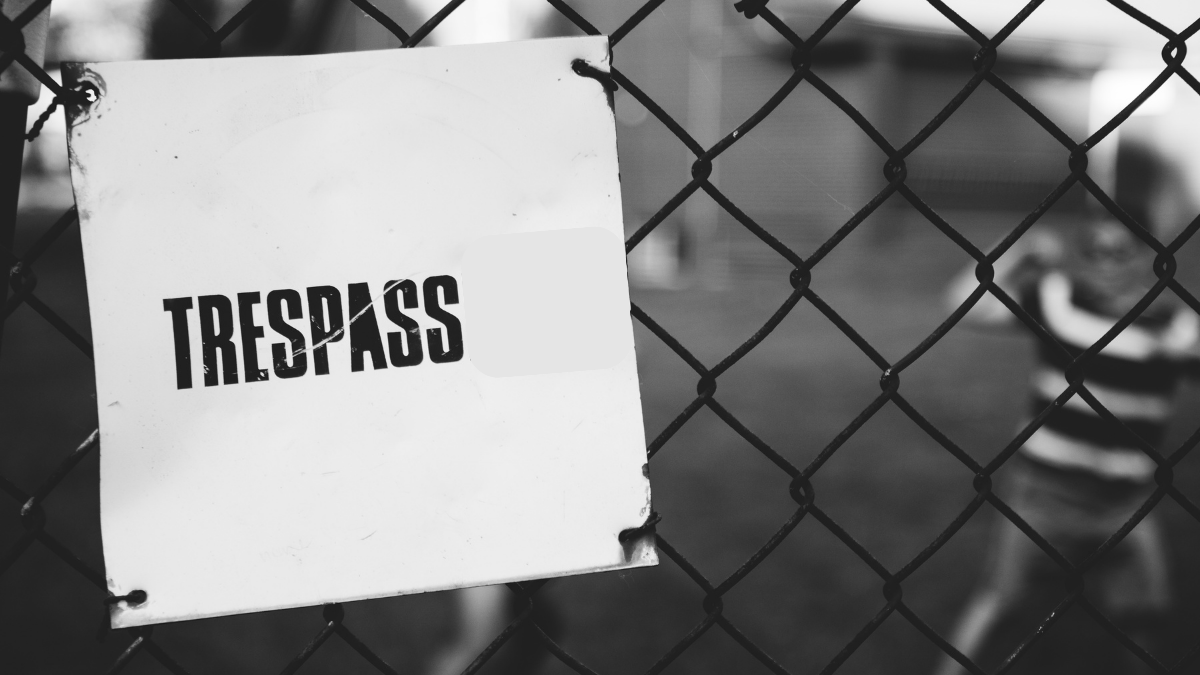In today’s world, everyone wants to safeguard themselves and their belongings from unwanted intrusions and potential harm. There have been numerous cases where someone wrongfully interferes with another person’s property or well-being, causing harm either publicly or privately. Trespass is a familiar term that serves as a protective measure for ordinary individuals, helping to prevent such harm and maintain a sense of safety and security.
Table of Contents
Introduction
Trespass, an age-old concept originating in 13th-century England under common law, was initially focused on breaches of the king’s peace. Over time, it evolved into a civil proceeding, with clerks routinely issuing writs for trespass actions by the middle of the 14th century. Originally, criminal remedies were more common, aiming to punish trespassers rather than compensate landowners. However, this shifted, leading to the development of tort actions under common law.
Meaning and Definition
Trespass refers to direct interference with a person or their property, violating the right to enjoy land, possess goods, or freedom of movement. Notably, trespass is accountable per se, meaning the claimant only needs to prove the occurrence of trespass, without showing any specific damage or injury caused by the defendant.
Definition of Trespass to Land
Trespass to land occurs when someone enters another’s land without permission, remains on the land, or places objects on it. Various legal scholars offer definitions, such as Ratanlal describing it as an unwarranted entry or direct interference with land possession. Winfield defines it as unjustifiable interference with land possession, while Street characterizes it as intentional or negligent entry or contact with another’s land.
Trespass as Civil and Criminal Wrong
Trespass can be both a civil and criminal wrong, causing injury and damage to a person’s rights, as well as their property. Criminal trespass differs from civil trespass by requiring intent to commit an offense or intimidate, insult, or annoy the property possessor.
Categories of Trespass
Trespass is broadly divided into three groups: trespass to the person, trespass to chattels, and trespass to land. Trespass to the person includes assault, battery, and false imprisonment.
Essentials of Assault: Assault involves purposefully, knowingly, or recklessly inflicting bodily injury or creating fear of imminent harm. Intent, apparent ability, apprehension, and knowledge of the threat are essential elements.
Essentials of Battery: Battery entails the use of force without lawful justification, involving direct or indirect physical contact, voluntary action, and the absence of accidental touch or push.
False Imprisonment: False imprisonment occurs when someone’s movement is unlawfully restricted in all directions. It is defined as wrongful confinement, with complete restraint of liberty and unlawful restriction as essentials.
Trespass to Chattels
Trespass to chattels involves intentional interference with personal property, requiring lack of consent, actual harm, and intentionality. It applies to tangible property, with remedies including damages, liability for conversion, and injunction.
Trespass to Land: Trespass to land is the unauthorized interference with a person’s possession of land. It can be committed through wrongful entry, remaining on the land, or placing objects on the land. Essentials include involvement of land, possession by the claimant, and interference by the defendant.
Modes of Trespass to Land: Trespass to land can occur through wrongful entry, remaining on the land, or placing objects on the land. Each mode involves direct physical interference, and the defendant must justify their actions once the invasion is proven.
Essentials of Trespass to Land: Trespass to land requires interference with land possession, and it is actionable per se, without the need to prove actual damage. The elements include the involvement of land, possession by the claimant, and direct interference by the defendant.
Defenses in Trespass
Defenses in trespass cases include leave and license, consent, act of public necessity, prescriptions, special property and easement, recaption, re-entry on land, self-defense, abetment of nuisance, and authority of law.
Remedies for Trespass
Remedies for trespass include damages, injunctions to prevent further trespass, actions for recovery of land, expulsion of trespassers, re-entry by the person entitled to possession, and self-help measures like erecting fences or using reasonable force.
Conclusion
Trespass, rooted in ancient common law, has evolved over centuries, encompassing various forms of interference with persons, property, and land. Understanding its historical development, legal definitions, and associated remedies is crucial in navigating the complexities of trespass in both civil and criminal contexts.
Read Also: Nuisance Under Law of Torts




